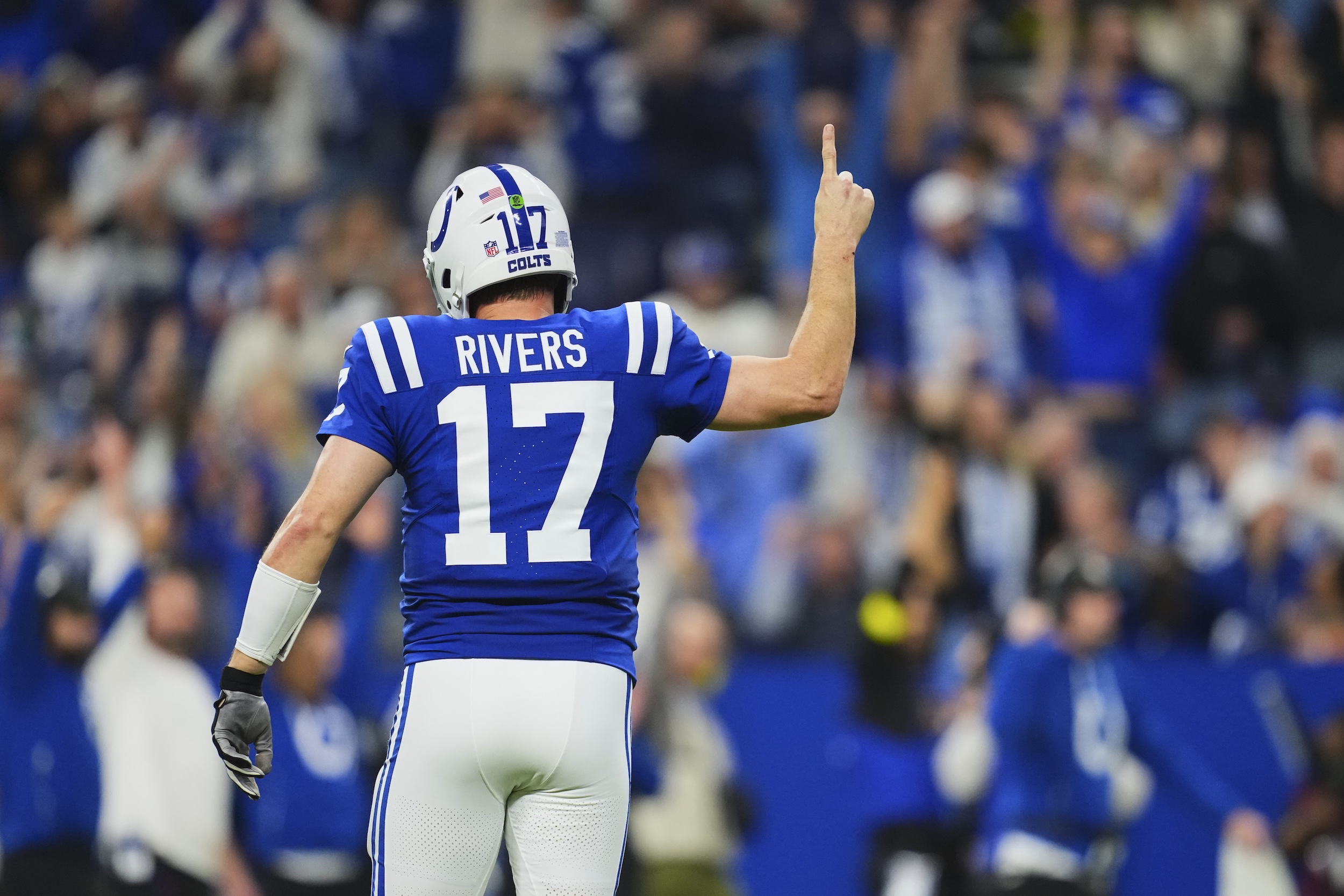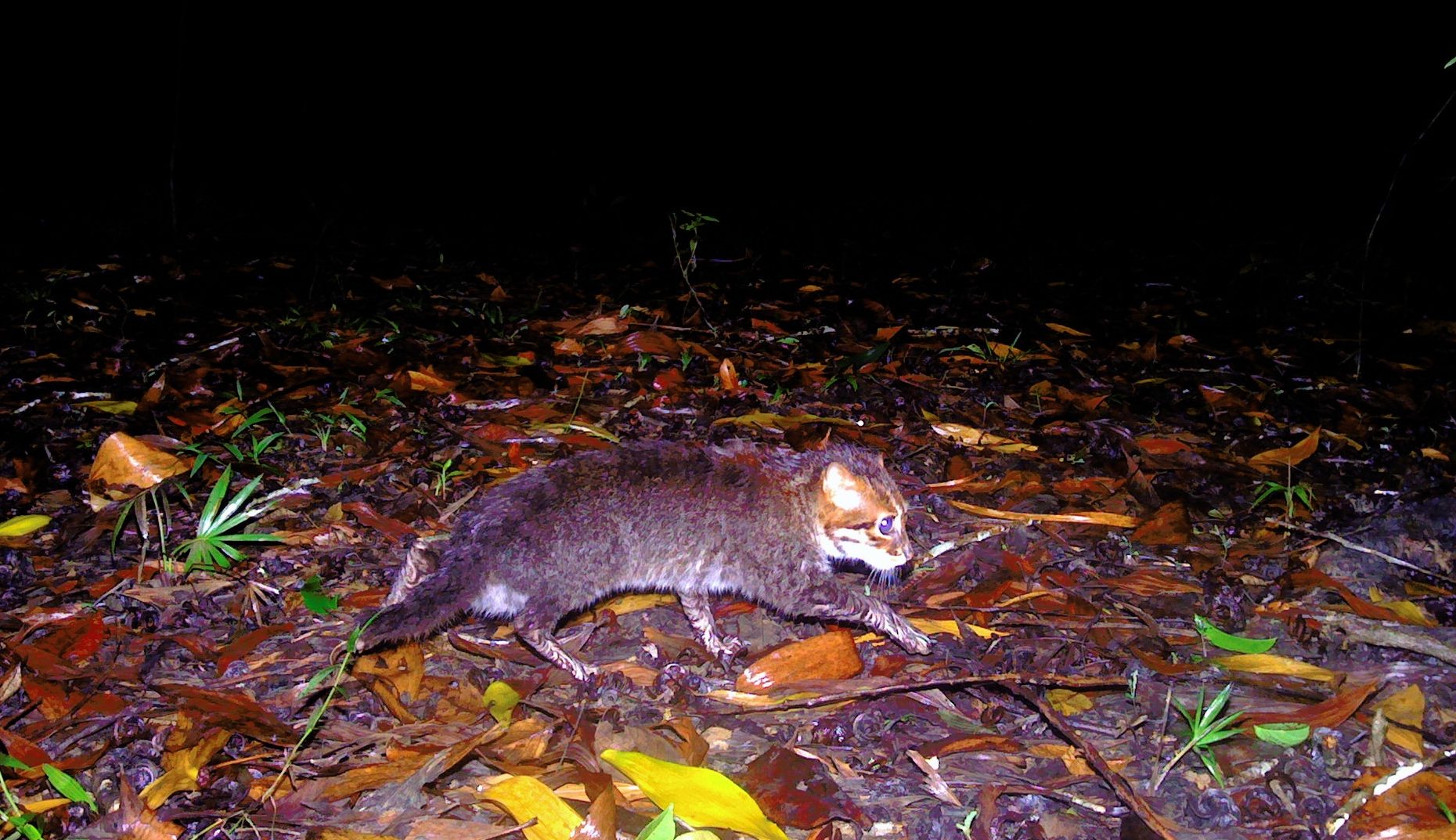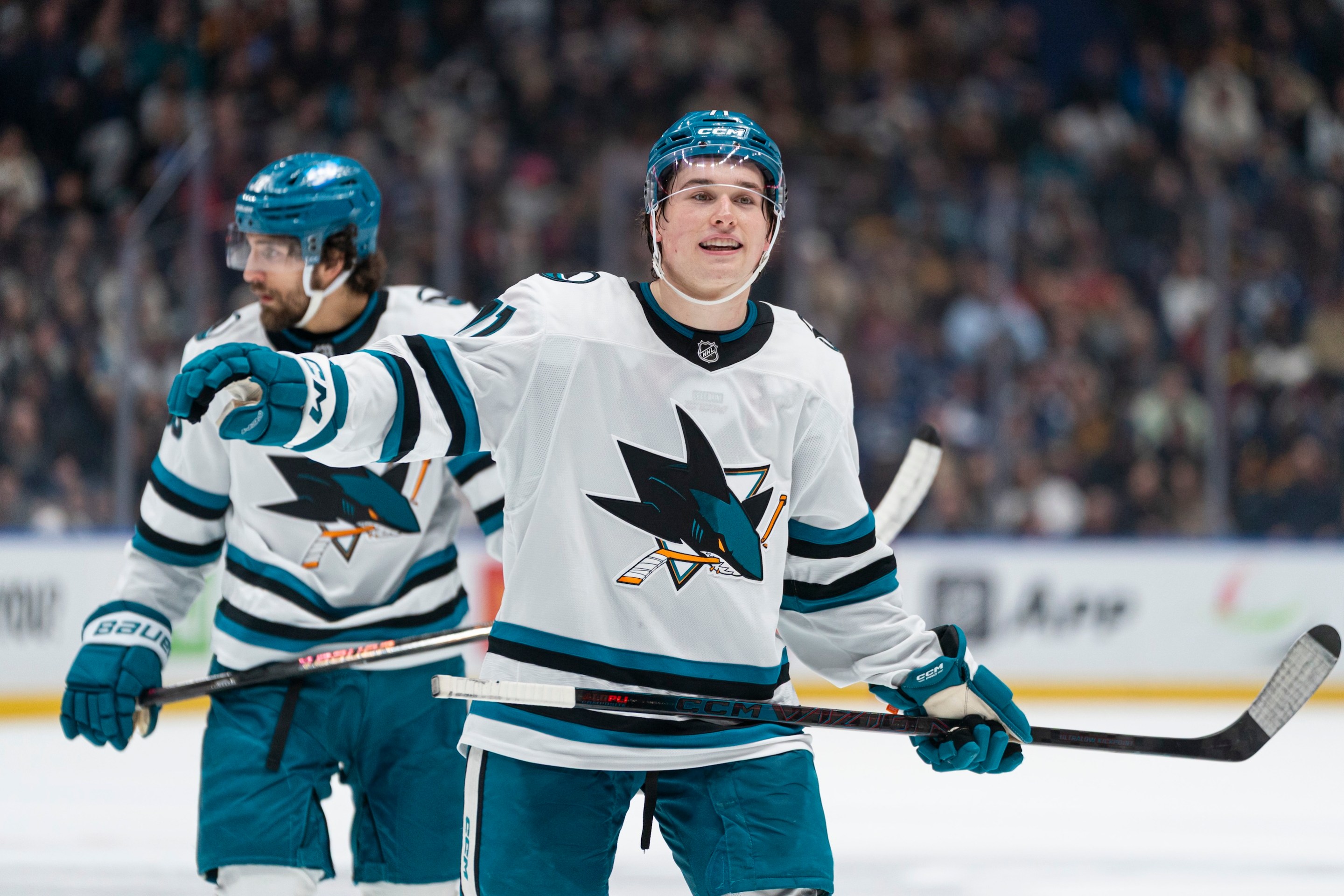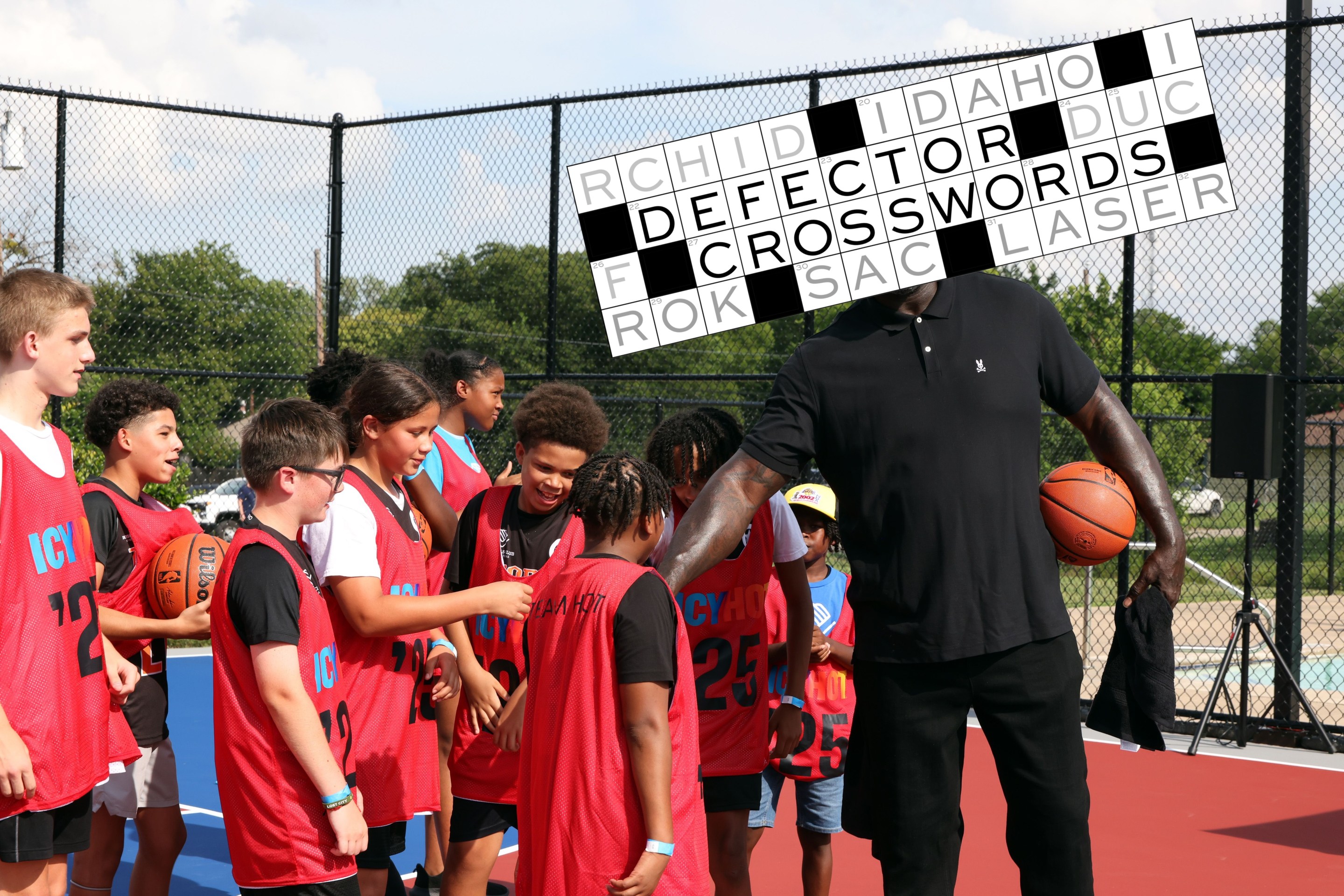Welcome to What Is This USMNT Guy’s Deal, a regular series in which Defector selects a name from the myriad number of exciting young American soccer men playing in Europe and answers the question: What is this USMNT guy’s deal?
Thus far, this series has focused on a certain strata of American players, those who have established themselves on both the club and national level. In other words, players whose deals are reasonably straightforward. Even the least experienced entrant, Ricardo Pepi, immediately stepped up as a hero in his first USMNT game and can no longer be considered under any radar.
This makes sense! The USMNT has been playing meaningful games lately, and also I cannot credibly launch a weekly column that I would like people to read by writing 2,000 feverish words about some French-American teenager playing in the Belgian second-division, or else you might, with good reason, utilize your browser's "close tab" function.
However, the point of this series is to illustrate that there are an impressive number of Guys whose Deals are worth knowing, and not only the Guys who've already succeeded in Europe. It is now time to take the plunge. Today's Guy has only five full sentences on his Wikipedia page, and one of them has two uncorrected grammatical errors. He has amassed all of 11 first-team appearances in his career, none with his current club. He is very much a prospect. It is time to tell you about Dante Sealy.
Who Does He Play For?
Dante Sealy plays for PSV, the second-biggest club in the Netherlands. This is a great place for a player like Sealy to be at this stage in his career. Sealy turned 18 five months ago and quickly joined PSV from FC Dallas on a two-year loan with an option to buy. PSV is not only a big club with a respected academy and a consistent spot in European competition, the Eredivisie tends to be a nutrient-rich league for young attackers to develop within, and Sealy has fellow American attacker Richy Ledezma as a teammate.
Development, not production, will be the key for Sealy over the course of the next year, and there's plenty of reason to be encouraged about his trajectory. Sealy joined the FC Dallas academy as a nine-year-old, right as his father (a former Trinidad and Tobago national-teamer) signed with the club's first team. He signed as a homegrown player at age 15, then went through every segment of MLS's now well-established talent pipeline: he played heavy minutes with Dallas's reserve team, turned enough heads with the U.S. U-16s that he got invited to the U-20 camp, then turned enough heads there to train with the big boys, and capped off his pre-Europe tour by taking part in Dallas's famed yearly field trip to train with Bayern Munich. He was also training somewhat regularly with PSV, so it was no surprise that he quickly landed there.
Sealy's specific pathway to a prestigious club is the most well-worn in all of American transatlantic soccer development, save for perhaps a short spell on the FC Dallas first team. Like Weston McKennie, Chris Richards, Reggie Cannon, Reggie Cannon's immediate replacement Bryan Reynolds, Tanner Tessmann, and, soon, Ricardo Pepi, Sealy is following an established path rather than taking a leap into the unknown. This is an important difference between today and a decade ago. Sealy ending up at a club like PSV is still impressive now, but not unexpected or even unprecedented.
Sealy is also a member of the 2003 class, one that knowers say could be the best the U.S. has ever produced. In the past year, Cade Cowell has established himself (with real flair) at the MLS level, Justin Che has made Bayern swoon, Caden Clark has leapfrogged through the Red Bull system, Jonathan Gomez's play on the field has been as stellar as his club's financial whoopsies have been funny, and, well, you know what Pepi's been up to. Sealy's membership of both the 2003 and FC Dallas clubs make him a particularly useful player to examine, as he's the sort of player that could lead the next rising tide of U.S. guys making it in Europe.
The Weston McKennie Mamma Mia Test
The Weston McKennie Mamma Mia Test refers to the following foolproof heuristic for determining whether or not a U.S. player is actually good or just good by our rosy American standards: Do fans tweet lovingly about them in their local language?
Wat een speler. Bij zijn eerste basisplek🤯 deze man gaat een grote worden @dante_sealy https://t.co/tTdfYYOoJB
— NM23🦄 (@MoniNadueke2) September 10, 2021
How Does He Play?
Sealy is a forward, sometimes deployed out wide, sometimes deployed centrally. This is perhaps the hardest section of this week's entry to write, because to judge how a players plays you have to have watched them, you know, play. Sealy hasn't done a whole lot of that, racking up 43 total games between various U.S., FC Dallas, and PSV youth teams, 11 of them at the first-team level. All you can draw from his one MLS goal is that he is good at running.
That said, tape exists, and you can clearly see the traits that drew PSV to him so instantly. Sealy is an aggressive attacker who can put pressure on defenders with his intelligent movement, passing flair, and hunger for the ball. Something that stands out watching him is that he's pretty clearly coming up with higher-level ideas than his competitors, though his technique can't always realize his vision. He will, say, create nice little one-two opportunities around the box or find opportunities for unseen cutbacks without always having the precision to make them as dangerous as they could be. This isn't some fatal flaw, it just means he still has some growing to do, like any other 18-year-old prospect. The bet with Sealy is that his probing offensive tendencies and ability to hit devastating passes can be realized at the highest level by strengthening his weaker right foot, smoothing out that first touch, and figuring out how he can use his dribbles more effectively. This is a good bet, as his natural movement and intelligence off the ball are probably harder skills to teach.
Wonderteen Index
The Wonderteen Index is a holistic, objective metric that analyzes a player’s full array of skills and talents, distilling it all into a single number that corresponds to their ultimate potential and the likelihood that they will assume the title of Wonderteen.
Sealy is very young, and therefore ticks one of two boxes. Unfortunately, that's the easier one, as everyone can be a teen but very few add the necessary prefix to take the Christian Pulisic throne. But worrying aside, Sealy's got the right melange of talent and circumstance to shoot through the PSV system and score European goals, like, next year at the soonest. Taking all this into consideration, the algorithm spit out 15 out of 22.
Can He Play Right Back?
The U.S.’s European corps is absolutely silly with right backs, enough to stock a full XI. And so it is important to determine whether or not the USMNT guy of the week can play the position.
This FC Dallas blogger did a heroic amount of scouting on Sealy, and he noted a familiar inconsistency. "You will see times where he sprints back 40 yards to turn an attack or block a shot, and you will see times where he stands and lets a pass go past him," they wrote of his defensive work rate. Some would see this as a weakness; I read this and think "Wow he's the same as Angeliño." Sealy is notably left-foot-dominant, but really if you think about it, terms like "right" and "left" back are contingent on perspective, so yeah, he can play right back.
Show To Me A Cool Highlight
This is cool if you consider the context: Sealy came on and changed the game for PSV, helping them come back before scoring the winner against his team's bitter rival.
On loan from FC Dallas, 18-year-old Dante Sealy scores in his first start for Jong PSV against Jong Ajax.
— MLS Buzz (@MLS_Buzz) September 10, 2021
A lot more to come from Sealy 🇺🇸 pic.twitter.com/kATRgxwBM1
How Does He Fit In With The U.S. Team?
Ideally. While the American player pool has loads of good wide attackers (which, at least at the moment, is probably where Sealy projects best), almost all of them are right-footers who prefer to play out on the left. With Pulisic having first dibs on the left wing spot, this usually results in someone like Gio Reyna or Brenden Aaronson or Konrad de la Fuente having to play on the opposite flank, where they aren't quite as effective.
Sealy being a right-sided left-footer is a boon, then, since it should give the national team a natural right-wing option for the right wing. On paper that should help widen the field, help strengthen what is probably always going to be the weak side of the U.S.'s attacks, and, because of Sealy's striker instincts, he should allow the USMNT to line up with legit goal threats across the entire width of the pitch.
Of course, this is all hypothetical at the moment. Sealy has a lot of work to do before he can be considered a realistic option for even a substitute role in the senior national team. But, if he does get there sooner or later, he should fit right in.
How Close Is He To The Hypothetical Best XI?
I would have said "not that close" one month ago, but as Ricardo Pepi's overnight leap from "enticing future prospect as a position of need" to "totally real option for the present" showed, Gregg Berhalter is always willing to gamble on young talent. Still, I don't see him playing for the full team during this World Cup Qualification cycle.







